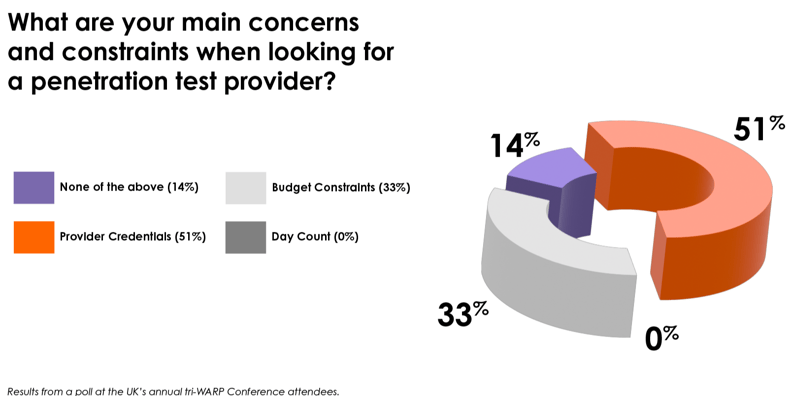Cyber Security.
. 30.01.24
Are vulnerability assessments giving your organisation a false sense of security? Ian Otieno, Security Sales Executive at The Missing Link discusses misconceptions about vulnerability scanning, and why there’s a lot to consider when establishing the appropriate layers of protection within public sector constraints.
According to the NCSC, Penetration Testing is: "A method for gaining assurance in the security of an IT system by attempting to breach some or all of that system's security, using the same tools and techniques as an adversary might." Thorough penetration testing services will accurately simulate attacks against your systems and applications to identify and then help you close any security gaps.
So, what should a successful penetration test look like?
I’m here to help you explore this question in a little more detail. A successful penetration test must include several elements:
In the end, you should receive a report detailing any vulnerabilities in your environment, prioritised according to how risky they are. Your provider should share recommendations and a process for remediating these vulnerabilities.
Security consultancy is cutthroat. Companies are always offering to provide the same penetration test cheaper and quicker. A poll of session attendees at tri-WARP found that less than two-thirds of the audience felt they were getting genuine business value from them, even though companies are trying to make penetration testing cheaper and quicker.
But, with the context provided above, how comprehensive can an internal penetration test on a network with 250+ live IPs be when it’s conducted in an 8-hour window? It doesn’t add up, and what appears as a sensitive consideration of public sector constraints is often masking a potentially dangerous, lower-quality service. I like to call it “vulnerability scanning as a service.”
To cater to time and budget constraints, we are seeing consultancies resort to automation to carry out most of their penetration testing.
There are three main problems with this approach.
Automated scanning does have a role when you’re conducting a security assessment – it covers patching levels. However, it should be delivered alongside a manual penetration test, conducting a true-to-life assessment that uses actual techniques being used by threat actors. We can push the boundaries of what is possible using emerging technologies and working to clear goals of engagement so we can help better secure the public sector.
Knowing about the move toward vulnerability scanning as a service, how did we get here in the first place? I’ve observed a few trends fuelling the fire:
Don’t let yourselves down! Call out bad penetration test reports and ask whether the results have been discovered manually or through automated scanning tools.
Keep an eye out for penetration tests that fail to remediate old, but extremely common, issues. Critical oversights like missing security patches because software is due to be decommissioned shortly can lead to costly compromises.
Understand what a good penetration test looks like, and why it’s worth paying more. This can help ensure the penetration testing you choose for your organisation is successful and fulfilling. There’s a lot to consider when selecting a penetration testing provider but paying a little more can help you avoid the dreaded (and potentially more costly) vulnerability scanning as a service.

We can work together to improve the security of our nation. It’s on us, as consultancies, to provide a better service. As public sector security professionals, you’re responsible for scrutinising the services provided to you, and knowing what you’re getting for your money.
The NCSC has done a great job of setting standards, promoting more secure policies, and raising awareness across all sectors. But, as technologies change and APT groups continuously advance, we need to constantly improve.
The industry can only change to better service public sector organisations by breaking the mold of what is defined as the requirement. I have a few ideas about how to make this a reality, for example:
Collaboration is key. Let’s work together to make better, higher-quality penetration testing reality and abolish vulnerability scanning as a service forever.
Author
David Bingham
David Bingham is Security Sales Manager for The Missing Link’s Southern Region, where he leads with energy, empathy and a love of complex problem-solving. Known for blending strategic thinking with a passion for people, David creates space for his team—and clients—to thrive. He’s all about building trust, tackling cyber security challenges head-on, and keeping the conversation real (and fun). Whether he’s in a high-rise talking strategy or behind the decks as Melbourne techno DJ Obsessive Behaviour, David brings the same sharp focus, infectious energy and creative spark to everything he does.